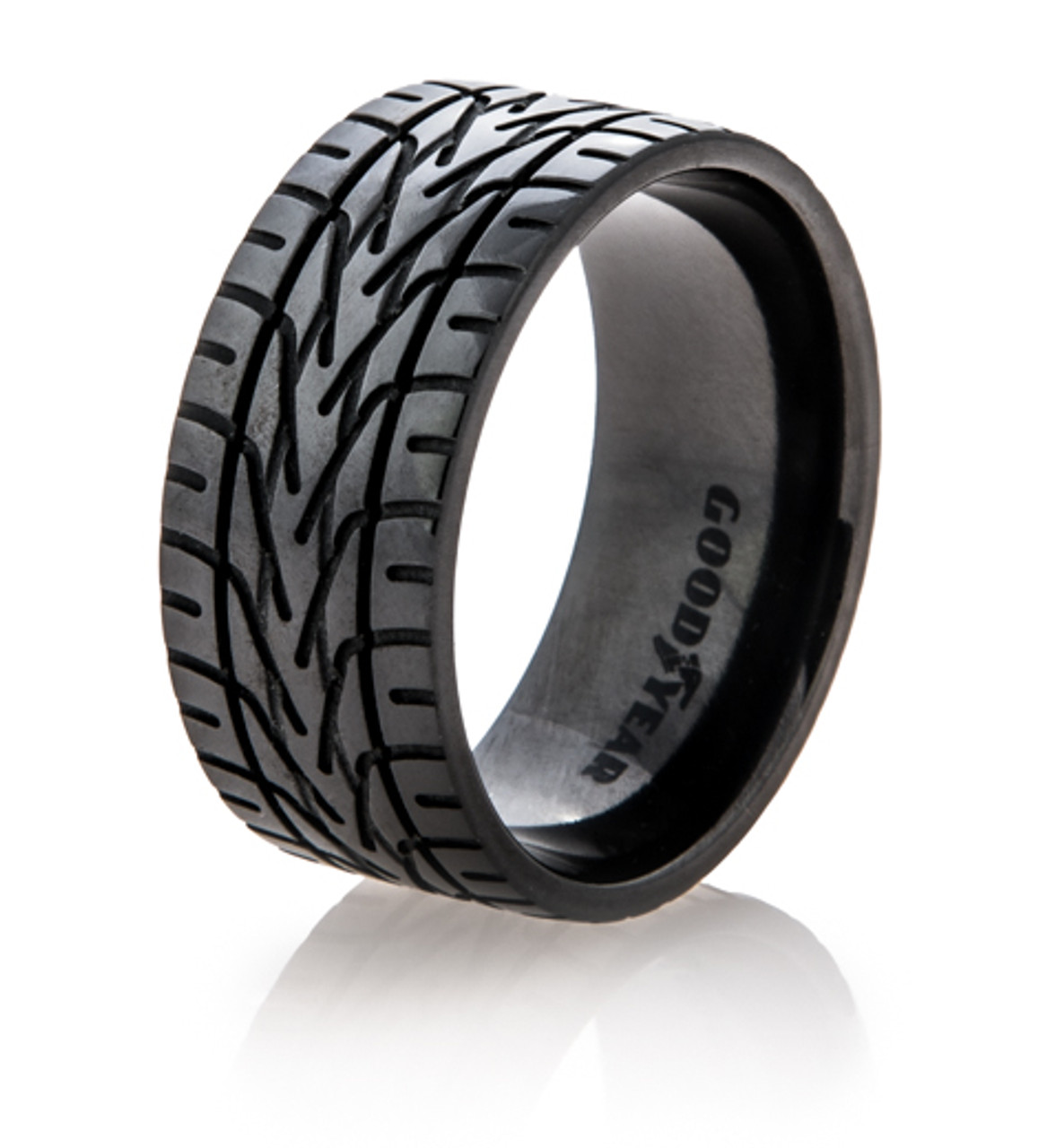- cross-posted to:
- tech@kbin.social
- cross-posted to:
- tech@kbin.social
From the article: OLED and MicroLED are the future
Now if I could just a “dumb” TV that doesn’t have a bunch of built in apps, which apparently is now a huge ask. I just want my TV to display whatever HDMI port is currently selected. Not nag me about connecting it to WiFi every time I turn it on.
Look into commercial displays. They are meant for store fronts and guest areas. These screens are typically built a bit more robust than consumer TVs. They may only have one of each input ports, may lack soundboard and built-in tuners, but they have sleeker designs and lack smartTV bloatware. You may need more peripheral equipment for the screen to function as a home use TV. Just do a little research and see if this works for your setup.
I might look into this for a table to play Pathfinder and D&D on. I’ve been looking for a cheap, durable, no frills display to build a table around.
So if I am to buy such a display, and I add a soundbar to it, and a usb hub or something, I wpuld bs able to use it as a normal TV?
That’s the idea. Some commercial displays may have more features or ports than others it just depends on what you find.
But then how would they get that sweet sweet metric data they can resell? Think of the megacorps!
and not spy on me
I think there are expensive models that come without any software shit. However I simply “gave up” and don’t connect the TV to any network. It doesn’t see a network cable and won’t get my wifi credentials. Therefore it neither needs nor receives updates. Everything “smart” is done by an attached Kodi box and a FireTV stick, which I both can exchange when their time is up.
deleted by creator
This might not be a solution that fits your needs, but personally this is why I buy computer monitors instead of TVs now
What size of computer monitor do you use as a TV?
I personally use a 28 inch monitor, although I’m hoping to upgrade to a 32-35 inch ultrawide soon.
I don’t really watch TV in a living room. Instead I have my monitor sitting on my desk, so I don’t share the screen with anyone else. Thus, my situation might be different than yours. Hope that helps
Edit: bad grammar
I have LG C1 that’s not connected to the internet and I have not noticed any nagging. Pretty much just switch between HDMI outputs and that’s it. Thankfully the input switch and apps are behind a different button unlike Samsung and their overly simple remote. (can even hold number button to switch to a specific source without menus)
I just disabled the “smart” features on my Samsung S95B and set it to run the last used “app.” Which is just the last used input.
It’s not perfect, but combined with HDMI CEC I almost never need to go into the ugly menu. I don’t mind the smart menus of the older TVs when it was a separate part of the TV you could ignore. But the integration in these new TVs where inputs are treated like another smart app and you have to go past apps to get to picture settings is just bad design.
Not to mention serving ads for each manufacturer’s own streaming apps on a device someone spent a lot of money on us completely unethical. But at least disabling the Internet features took care of that issue.
Yikes! So you mean you just can’t switch inputs without the smart TV side anymore? Time to avoid the Samsungs then…
You can switch inputs. But it forces you to go through the home screen to do so. And to make things worse, game consoles are relegated to a different section of the home screen (there’s gaming and media).
It’s an awful user experience initially. But once I disabled a lot of it and just got a Roku, it’s a great TV. But I wasn’t going to spend the extra nearly $1k to get the Sony QD-OLED, and I have beef with LG since they made me wait nearly four months trying to get a refrigerator repaired or replaced under warranty (and it was a no cool problem… Not like a broken ice maker or something). So I stay away from LG.
I had the same battle with Samsung over my fridge. Never buying a Samsung fridge again after this, had 2 replacements under warranty since October 2020, which is when I bought it.
It’s crazy isn’t it? I used to work in electronics and appliance repair. No cool calls were given top priority and if we couldn’t fix it within days, most warranties would just replace it. This was only a decade ago. I am so glad I don’t have to stand in a customer’s home and tell them they’re SOL because Samsung, LG or any other company won’t authorize replacement/buyout, despite being unable to repair it due to the lack of available parts.
You can pull out the WiFi module without too much fuss. That way it won’t even try to connect to open networks behind your back.
Can they please just bring back actual buttons instead of invisible tap points where you can’t tell where the fuck they are?
These days most tvs have the “nipple” navigation which initially seems stupid but is genuinely the most natural navigation system I’ve ever used
No. You’ll suffer the invisible tap points because they can advertise that feature and charge more money.
How do you fuck up televisions? It’s the simplest thing and these corporations just need to fucking meddle.
Same with candy and chocolate companies. Like Oreos. Just make the one that everyone wants and stop forcing all the new flavours.
I have been reading about MicroLEDs for years now, never bought any OLED because of the burn-in. I’m curious when MicroLEDs will actually hit the mass-market and at what price-point and also how they will scale for smaller screens.
I’ve had my QD-OLED for a little while now and it has had quite a bit of static images on it without any trouble. From what I read before I bought it, OLEDs in general really don’t have a burn-in issue like the early models did.
From what I can tell they’re better than even plasma was at the end. And you’d have trouble actively trying to get permanent burn in on some later model plasmas. I used to service TVs and appliances. In most cases outside of using a plasma display for digital signage, I’d be able to run a swiping pattern for a little bit to get rid of the image retention. The only exception I really had for a plasma that was used in a residence was an older couple who didn’t have a widescreen source and only watched shows in 4:3 aspect ratio. They finally got the HD channels from their TV provider and realized they had the bars on the sides burned in (really the screen aged unevenly).
My wife and I bought our used OLED for just under $900. The screen had maybe 400 hours of use on it. In the 8 months since then, we’ve added another 900 or so hours. Some days, I’m playing Zelda all day. Other days, we don’t turn it on at all. Only thing it didn’t have was the feet, which was okay since we were always going to mount it.
I have no regrets about buying an OLED TV so far. As far as I’ve read, these screens can run 40-80k hours and still retain half their original brightness. Assuming I get 60k out of mine and it takes 8 months to add 900 hours, I’ve got 43 years before the screen is down to 50% brightness. I’m planning to replace it in ten or fifteen anyway.
The depths in Tears of the Kingdom look DAMN GOOD on an OLED, especially in a dark room.
I am using a 14 year old plasma TV still, which were/are notorious for burn-in. It does have a few spots, but they’re only noticeable if you’re looking at a completely white screen. It made me not care about burn-in, kinda like how getting the first dent on your car is a relief after a while.
I’m going to splurge on a nice OLED whenever this thing breaks (I really wish it would break…I want 4K and all the new features.)
wow, this whole comments thread is just like reddit. love it, keep the faith ya’ll!!
It’s only been a few days and things are looking up
I’d love to have an OLED tv. I just need a good reason to get one. The tv I have now works just fine (unfortunately).
I, too, won’t replace something until it dies. Even if an upgrade is long overdue.
Let me try to improve it. That thing will be broken in no time.
Mine flickers when room temp is above 75 and gets jacked at 78.
The G3 is looking extremely appealing in all dimensions except price.
Your OLED is sensitive to high temperatures?
It is an LCD. The temperature sensitivity is the main board starting to fail.
I bought this is 2015, so it is about time to get a new TV.
An “accidental” hammering can fix that real quick like.
Or just break out the old Wii Sports and “forget” the wrist strap.
Same, I have a plasma and it works great, doesn’t even know what HD ready means, but displays 1080i.
As long as HD is the max res the TV box gives, I don’t see reason for an upgrade. (especially for a luxury item that is mostly background noice/movement)
Wow it’s insane how fast technology goes. Feels like yesterday the first LCDs were releasing, but apparently not!
Nothing beats 2000’s 2K CRTs.
Man I’m still rocking my Samsung plasma TV from 2011. No need to heat the house with the amount that TV gives off but still works great.
I have an old Viera 50 inch Plasma, it chews like 240W while running but has not skipped a beat in the 13 years we’ve had it
I had a viera for 14 years. For 1080p content it beats my OLED. Better motion and better pixel alignment. But it died a third time. And I decided I didn’t want to look for parts or break out my soldering iron the 3rd time. It was my gym/garage tv at that point I I rarely used it.
Aren’t MicroLED displays LCDs?
No, you’re thinking of LCDs with miniLED backlighting
Aha, so they’re basically non-OLEDs?
I believe miniLED was a marketing term intended to mislead customers into thinking it was similar technology to OLED. Since most consumers don’t even know what LEDs are, it probably worked.
LCD displays have, for some time now, had LED behind them. Said LEDs produce the white light needed to display the image produced by the LCD panel. MiniLED just provides groupings of the LED panel so that they can be individually turned off to produce darker darks.
Yes, that’s what I thought too, but as beefcat said, I conflated Mini and Micro; MicroLEDs seem be non-OLEDs, so to speak. I hope I understood that part correctly!
I am going to skip LCD tvs altogether. Right now I am still using my first hd tv, a Plasma TV from 2008, and when I replace it, it will likely be with an OLED.
OLED’s are just the way to go.
Are you long time friends with my dad or something lol
LCD TVs can still improve via faster refresh rates, strolling backlights, and smaller local dimming zones. If the last part can be made small enough, then it would be very hard to tell the difference between an LCD screen and a emissive display. These facts shouldn’t be ignored by display companies.
The problem is that we are reaching a point where it is cheaper to achieve the same or better results with OLED or microLED than by dumping even more money into improving LCD.
We are already at a point where OLED provides a straight up better value than LCD in higher end price brackets as long as peak brightness is not your #1 priority.
I’m going to have see a display that truly solves the burn-in problem before making that proclamation.
microLED is still years away from being available for public consumption. There could be at least miniLED
Dimming zones creat halo affects when there white next to black. Source: typing on my 12.9 iPad lcd with dimming zones.
The smaller the dimming zones, the lesser this effect becomes. Theoretically, you can have dimming zones of just 1 pixel in size. People have even “succeeded” in doing this by bonding two LCD panels together, with one acting as the local dimming solution.
I bought a QLED LCD 8k Samsung in 2019 and tbh it’s an incredible display because of its high nit count, local dimming zones and AI upscaler.
I’m a bit out of the loop, can these new technologies go to that resolution yet?
That’s incredible! Is there a noticeable difference between 4k and 8k? What do you use it for?
Not OP but one benefit to 8K is that it evenly scales into not only 1080p and 4K, but also 1440p and several other resolutions. So although 8K content doesn’t really exist, if you game a lot at 1440p, it can look cleaner than a 4K TV
Primarily gaming but also anything looks astounding on it above 1080p, lower resolutions than that though aren’t upscaled great but I never watch content that low res anyway. Refuse to. Mines using LED backlights too, since then Samsung have released Neo-QLED that is even better and brighter than mine.
Honestly on my TV lights look real, headlights on cars, the sun, torches, flames all look like it’s just a pane of glass in front of me. Almost blinds you, never had that experience with a TV previously. To me it’s better than cinema screens.
Brightness in terms of nits is really important, and something the OLED diehard fans don’t seem to appreciate. I get the blacks too with the local dimming yeah not as good as OLED but close enough for me not to care.
I knew about OLED but I wanted the pinnacle of a tried and tested technology over something new.
That’s pretty cool. Thanks for the extensive reply!
That’s great, it means LCD TVs have hit maturation point.
I really hope microLED takes off in the near future. It’s basically OLED on steroids, all of its advantages without the risk of screen burn-in. It’s just too expensive right now…
What about Hisense with the U8H Class are they using microled(they call it miniled)? this Tv is not that expensive compared with other brands and tbh the image quality in the high-end models are awesome.
MicroLED requires each pixel to be its own light source (same with OLED). MiniLED is marketing for a fairly dense array of backlight zones on an LCD panel.
thanks for the info!
Fair enough. LCD is very old technology at this point, dating back to the 1960s.
Of course, LEDs aren’t exactly new either, but microscopic LEDs bright enough to be used as pixels certainly are.
Makes sense. I haven’t considered an LCD tv in more than a decade.























